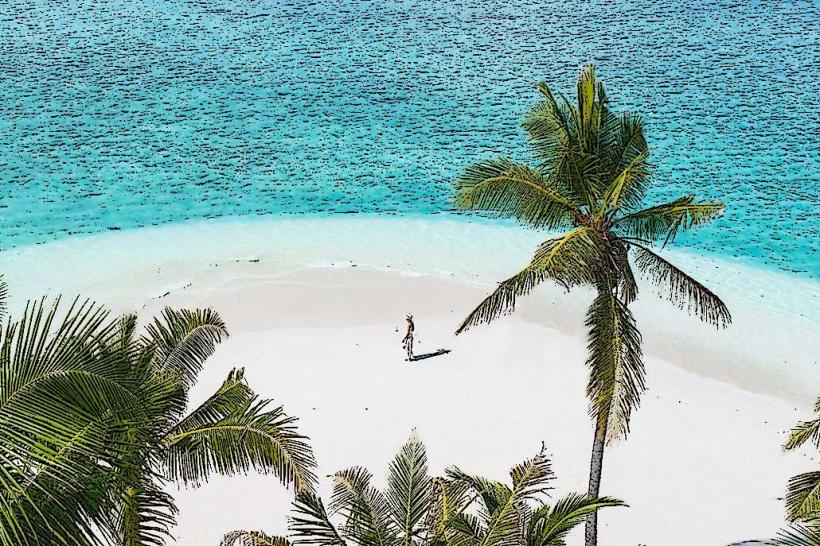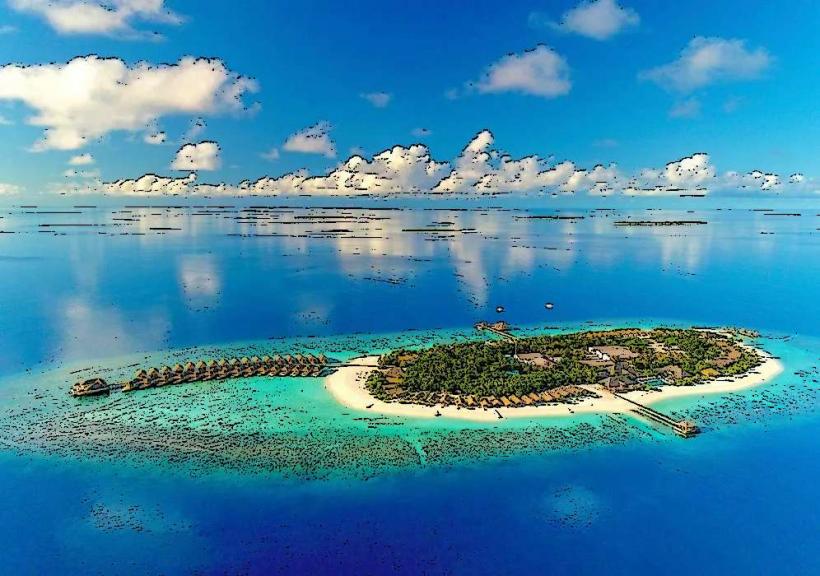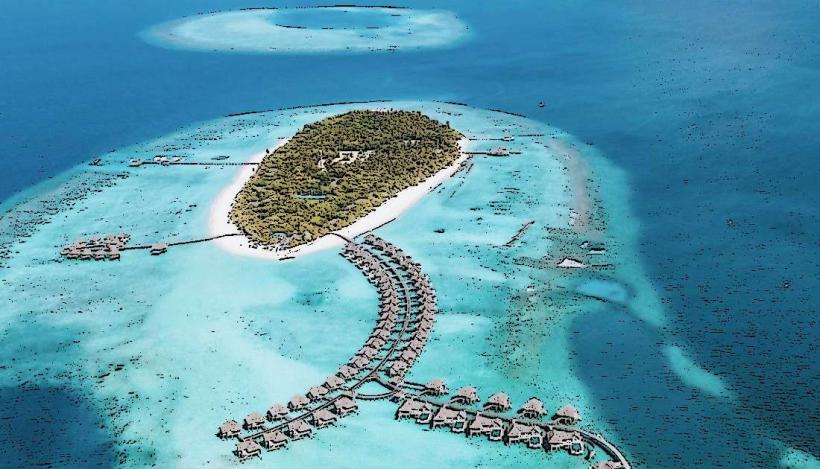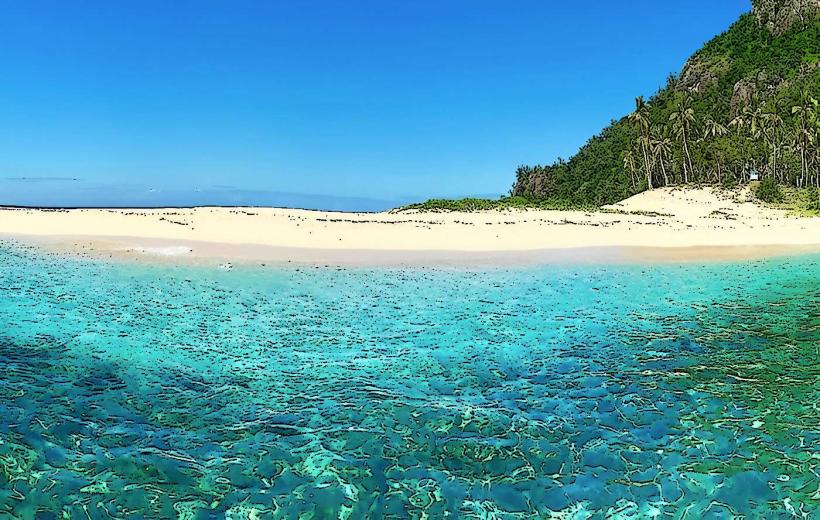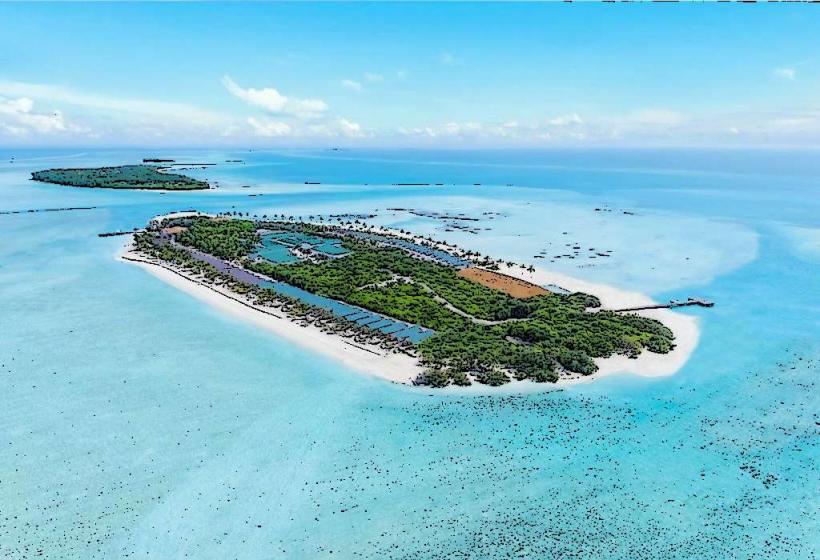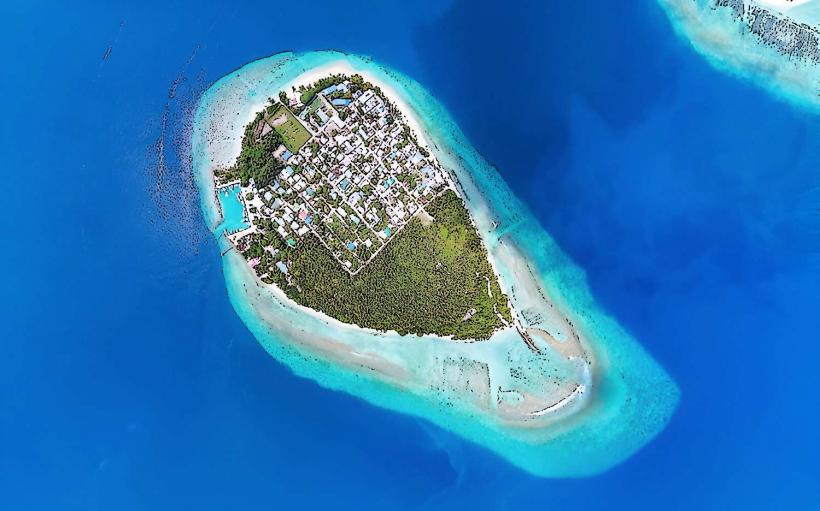Information
Landmark: Utheemu IslandCity: Raa Atoll
Country: Maldives
Continent: Asia
Utheemu Island, Raa Atoll, Maldives, Asia
Overview
In the far north of the Maldives, Utheemu Island sits in the Haa Alif Atoll, rich with history and edged by dazzling turquoise waters, at the same time it’s best known for its vibrant cultural heritage, especially its link to the national hero Sultan Mohamed Thakurufaanu, who once led the charge to defend the Maldives from foreign invaders.Frankly, The island blends rich history with unspoiled beauty, drawing travelers who want to explore the Maldives’ past and culture-where historic coral-stone mosques stand against a backdrop of turquoise sea, in addition here’s a close scan at Utheemu Island, where white sand brushes your toes and history lingers in the air: 1.Utheemu Island sits in the Haa Alif Atoll, roughly 300 kilometers north of Malé, the Maldivian capital, where the air smells faintly of salt and sun-warmed wood, likewise you can get there with a quick domestic flight to Hanimaadhoo Airport, then a short boat ride across calm, turquoise water to the island.Utheemu sits ringed by soft white sand and clear shallows, just what you’d expect in the Maldives, as well as the island’s thick palms sway in the warm breeze, wrapping its storied past in a calm, green embrace.Utheemu is famed as the home of Sultan Mohamed Thakurufaanu, who from 1573 to 1585 led a fierce and victorious fight against Portuguese rule in the Maldives, at the same time people honor him for winning back the Maldives’ independence, and many behold him as a national hero.The island’s pride is Utheemu Palace, a graceful wooden home shaded by palms, once the residence of Sultan Mohamed Thakurufaanu, on top of that once the seat of royalty, Utheemu Palace - now a quiet museum where sunlight streams across worn wooden floors - offers a glimpse into the island’s royal past and stands as a proud symbol of its history.Built in the 16th century, the palace once sheltered Sultan Mohamed Thakurufaanu’s family, its stone walls holding the echo of their footsteps, along with successive rulers of the Maldives lived in the palace until they left it behind, and it was later saved as a historical site.Built from wood in the traditional Maldivian style, it boasts finely carved panels and a thatched roof that rustles softly in the breeze, consequently it offers a window into the past, capturing the understated elegance of royal homes from that time.Today, the palace serves as a museum, where visitors can detect Sultan Mohamed Thakurufaanu’s sword, faded photographs, and other artifacts that tell the island’s story, meanwhile at Utheemu, you can wander through the palace rooms-peek into a quiet little library with sunlit shelves-and hear stories that trace the island’s role in the Maldives’ history, especially its fight for independence.The local guides discern their stuff, sharing vivid stories about the island’s spot in Maldivian history-like how its aged stone jetty once welcomed trading boats centuries ago, besides near the palace stands Sultan Mohamed Thakurufaanu’s Memorial, a quiet stone tribute where his legacy still draws visitors.This site holds deep meaning for Maldivians and draws anyone eager to explore the nation’s long fight for resistance and independence, from the stone walls still marked by time to the stories whispered through its halls, furthermore nature and Beaches: Utheemu Island is wrapped in rich, green foliage, and its quiet shores invite you to sink your toes into warm, soft sand while the calm air drifts in from the sea, partially The island’s beauty wraps around you like quiet air, inviting long walks, unhurried rest, and the soft hush of waves at your feet, in turn snorkeling and Diving: Utheemu Island leans toward cultural and historical sights, but just offshore, dazzling reefs teeming with darting fish offer plenty of chances to snorkel or dive.Dazzling coral reefs sway beneath the surface, sheltering tropical fish and a host of other sea creatures in the surrounding waters, as well as five.Utheemu Island is a quiet, rural spot, so you won’t find the range of hotels you might behold in busier tourist areas, in turn instead, there are a few tiny guesthouses run by locals, offering simple rooms with essentials like a fan and clean sheets.A guesthouse stay lets you step right into everyday Maldivian life-maybe sipping sweet black tea with locals on a shaded porch, in conjunction with if you prefer, resorts dot nearby islands in the Haa Alif Atoll, and Hanimaadhoo offers an even wider choice.Most travelers reach Utheemu by flying from Malé’s Velana International Airport to Hanimaadhoo, a domestic hop that takes about an hour, equally important from Hanimaadhoo, you can hop on a modest boat and in just minutes feel the spray on your face as you pull up to Utheemu Island.Oddly enough, Speedboat transfers from Hanimaadhoo to Utheemu Island are simple to arrange and get you there in about 30 minutes, the wind whipping past as the shoreline fades behind you, as a result seven.Not surprisingly, The ideal time to explore Utheemu Island is from November to April, when the skies stay radiant, the air feels warm, and the sea lies glassy and still, as a result it’s perfect for outdoor adventures, whether you’re taking a boat out to tour the islands or strolling barefoot along the warm, sandy beaches, partially Wet Season (May to October): It may rain most afternoons, but it’s the quiet stretch of the year, with far fewer tourists around, as a result if you like things peaceful and don’t mind a soft patter of rain on your jacket, this could be the perfect time to go.The number eight, to boot if you love history, Utheemu Island will draw you in with stories of Sultan Mohamed Thakurufaanu and the island’s defiance against colonial rule.Travelers eager for authentic Maldivian life can wander its quiet lanes, watch fishermen mend nets in the sun, and soak up traditions still alive today, then nature lovers will find calm in its soft white beaches, swaying palms, and the hush of the sea.Blending rich heritage, vibrant culture, and untouched beauty, Utheemu stands out as a destination where the Maldives’ past and present meet in peace, subsequently steeped in Sultan Mohamed Thakurufaanu’s legacy and wrapped in a hush broken only by soft waves, the island leaves a lasting mark on anyone who visits the Maldives.
Author: Tourist Landmarks
Date: 2025-09-08

